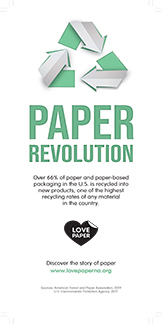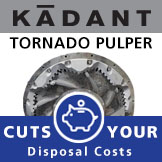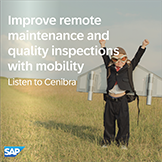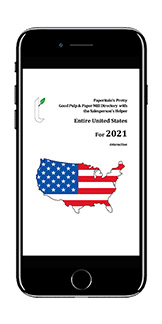If you read my last column, you heard about how a Chief Purchasing Officer of a global, Fortune 50 manufacturing company views categories of spend, risks, contracts, and global suppliers. I did not have enough space to cover all my questions and answers from the interview, so we will pick right up where we left off.
What impressed you the most about suppliers/partners to differentiate themselves? The best supply partners were the most inquisitive about their customer's business and they focused their resources on solving problems through innovation and operational excellence. The best partners keep their eye on the short, mid, and long term best mutual interests. Most important, they were seen as part of the extended community of their customer, not just a "supplier."
Was there ever concerns of single suppliers being too big of a spend? There can be a scale advantage of "big." Although, lack of competition can lead to lack of innovation. If production is concentrated in a large spend of a single supplier that has a single production site, it can become a business continuity issue. This is a situational issue.
What advice would you give to all the organizations that represented your supplier base? Listen and stop selling capacity. Learn the real problems that exist that you can help solve by leveraging the full talent of your company.
Any other comments you feel that could help lessen friction and improve outcomes? Invest in relationships and systemic ways to connect with customers for innovation and operational excellence. Deliver your value promise every day.
So there you have it dear readers. I could have gone on much longer with the interview, but my source is not sitting on the beach enjoying retirement. They have soldiered on in their business leadership career steering another large, global organization through the choppy waters of global commerce. They have to navigate inflationary environments, higher interest rates, escalating regional conflicts, higher energy prices, continual supply chain disruptions, and a hornets nest of other issues. Hey, at least a pandemic and labor shortage are behind us! Their time is very valuable and I could not ask for any more of it.
The rest of this week's column will be my interpretation of what we learned from the interview responses. First and foremost, the procurement responsibility in a large organization is vast and deep. Everything from paperclips to the next paper machine's real estate need to be sourced and purchased. There are tens of thousands of suppliers that have to be found, set up systematically, and managed throughout the relationship duration. Thousands of contracts monitored. Hundreds of thousands of suppliers banging on their doors for the opportunity to supply such a large organization. Only a fraction are let in. All of them have to be vetted before that determination is made. It's a tough job to lead a procurement organization. You have to pick your team wisely to conduct the daily grind. You also have to pick your supply partners wisely so they will do what they say they will do, reliably. Suppliers are a key component of reaching your organization's goals.
The CPO doesn't buy anything; they work across the functions and businesses to ensure the company is maximizing its return on every dollar of spend. They are focused on the short, mid, and long term to build long term, healthy relationships, and marketplace reputation.
Risks are all around that could blow up a P&L rather quickly. Maybe even shut down a company's manufacturing site for extended periods of time. Those risks have to be mitigated to the extent they are known. Something referred to as 'bounded rationality', a transaction cost term, means you can't predict all the things that can go wrong and develop a contract to address what you don't know or can't predict will happen.
I was really happy to hear the emphasis from our CPO on relationships and innovation. Seeking to understand core problems and challenges and using all the resources available to you through supplier organizations to address them. If you read some of my previous columns on Nip Impressions, you might pick up on the same sentiment. I also feel innovation is crucial to the buyer/seller relationship. I feel price can be less of a contentious negotiation if you are delivering something special to the deal. Something innovative. Again, read some of my previous columns where I tout innovation as a key to successful commercial relationships.
I was also reminded of the joke, half of advertising budgets are a complete waste of money. The problem is we just don't know which half.
I'm all about removing friction from commerce in our industry. Finding the most valuable path ahead. That's why I write these exploratory columns. Our CPO summed it up nicely when they suggested being a "part of the extended community of your customer." That is not an easy thing to do from either angle. It takes time, relationships, and unfortunately, some challenges. Larry Bird and Magic Johnson had an intense rivalry during their playing days in the NBA. That forced them to both be better and it lifted the NBA out of the viewership doldrums. Now look at the them. They are best friends and are quick to say their rivalry was the best thing to happen to them; their unique skills and competitiveness converging at the same moment in time.
I want to thank our CPO for their time to contribute thoughts to the conversation. Hopefully if any commentary is generated or more questions asked via the readership, we can follow-up again sometime in the future.
Steve Sena (stevesena@me.com) is a Cincinnati native. He obtained degrees in Paper Science & Engineering from Miami University in Oxford, OH and an MBA concentrating in Economics from Xavier University. He's worked for a broad array of leading producers, suppliers, and converters of pulp and paper grades.






















